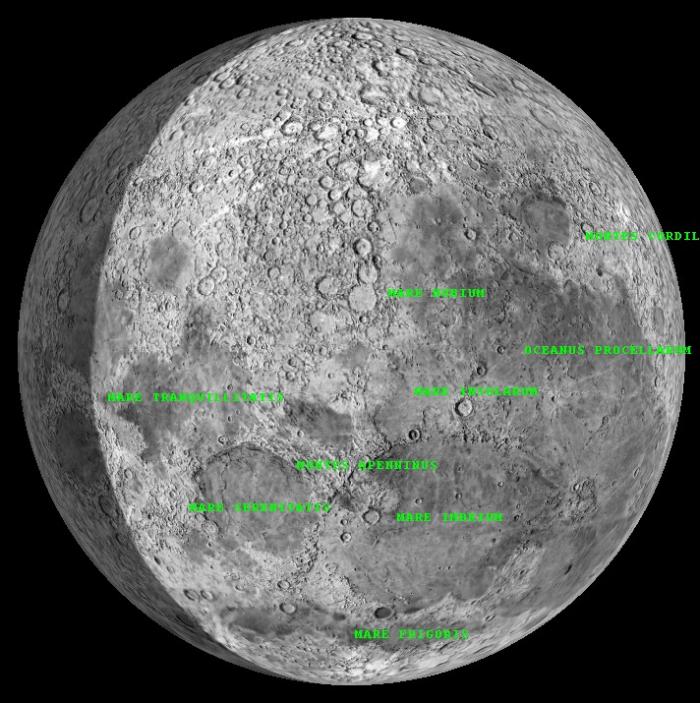

Today's targets will be more morning observations, and include the Apollo 16 landing site! Apollo 16 was the second Apollo mission to land in the highlands (all the others landed in the seas), and discovered some really cool stuff about mountain formation on the Moon.

Bring your pencils and paper if you'd like to join in! Starting today we will also be adding sketching sections to our meetings, between 12:30 and 12:45pm.
#Visit the moon atlas how to
John's going to show us how to take photos of the Moon through our telescopes or binoculars today! We'll also talk about lunar libration and how to observe some unique objects on the edge of the Moon by looking at the right time. We have a whopping 19 targets to cover this session, so we will spend lots of time focusing on how to find them! These include some optional lunar mission targets, like Luna 2 and Apollo 15, the Apollo mission with the first use of the LRV (so astronauts could do donuts on the Moon, instead of in abandoned parking lots). We're also going to talk about Rayleigh Scattering, the phenomenon that makes the sky appear blue! We'll spend some extra time on how to observe the Moon during the day. Bring your questions and troubles, and we'll dive into solutions.įor the first time in this series, we'll be looking for the Moon in the morning (or really late at night, if you're a night owl). We'll be taking a pause on targets today to talk about any observing problems you may be tackling. We might even discuss the potential of creating Moon bases, and what our lives would look like on the Moon. We'll show you where Ranger 7, a critical US mission, "landed" (technically it hit the Moon at 2.6 kilometers per second). We have our first day of finding lunar landing locations! Moon at Noon cohost John loves the Apollo missions, so you bet we'll be talking about Apollo 12 and 14. Things might get a little messy! If you want to join in, bring the materials you would normally use for chocolate chip cookies. We have lots of cool-looking craters on our target lists today, so we'll be going over how to identify crater features. Bring something round (a golf ball or styrofoam crafting ball are pefect) and you can join in while we simulate the Moon's orbit! Where do you find mountain ranges, craters and lava plains on the Moon? We'll be talking about common features, how we find them, and how we use cardinal directions on the Moon. We'll also go over some lunar sketching tips so you can spice up your logbook! We'll talk about Q-days, how to keep track of the lunar cycle, when to observe, and how the course will be structured. Welcome to the program! This session we'll be going over some basic information that you may find helpful throughout the course. Targets are grouped by Q-days, so you can catch as many targets as possible on any single night! This program was developed using Q-days, or the number of days before or after the Quarter Moon, and we will be following along with these.
#Visit the moon atlas series
Rewatch this series anytime on YouTube! Links to individual videos are below, or you can watch the playlist in broadcast order here.


 0 kommentar(er)
0 kommentar(er)
